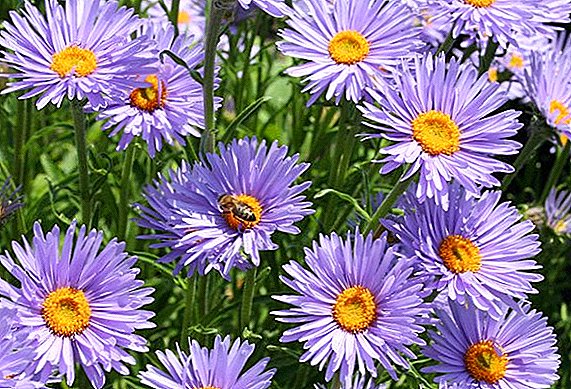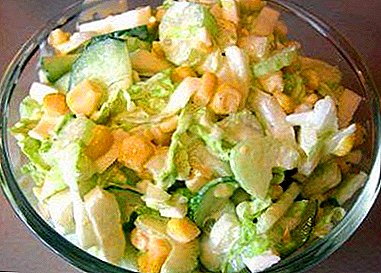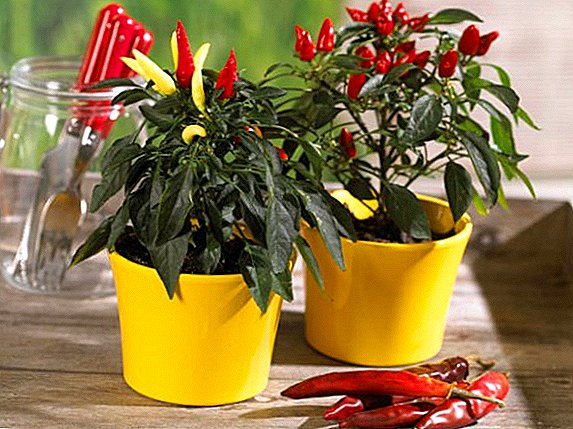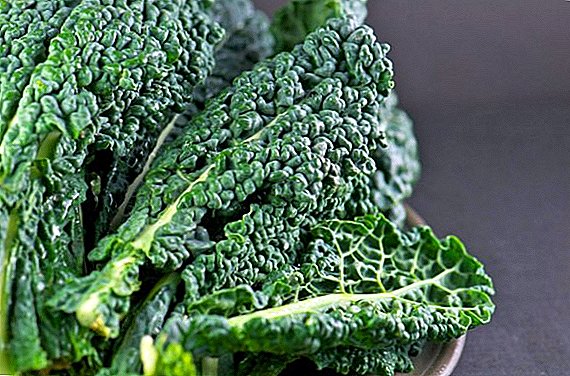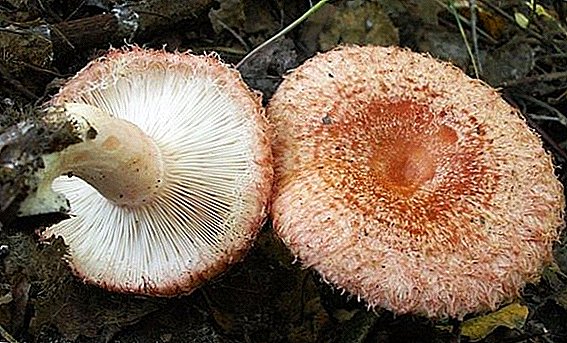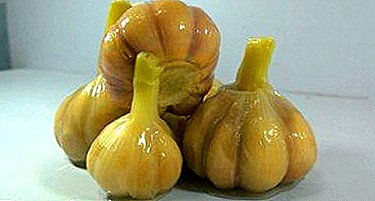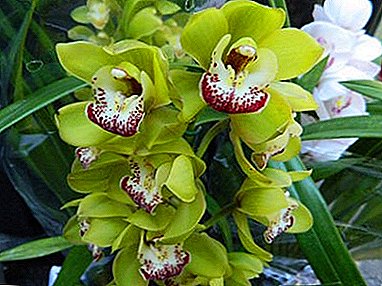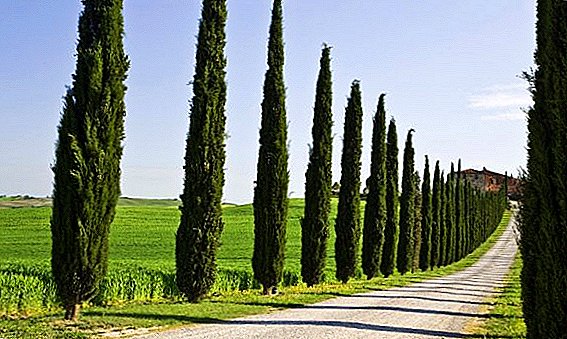 Kinds cypress trees vary greatly among themselves - even scientists can not accurately calculate their number, they call the numbers from 12 to 25 and lead heated debates: to which family or genus to take this or that species. Nevertheless, all types of cypress trees from antiquity are used by man.
Kinds cypress trees vary greatly among themselves - even scientists can not accurately calculate their number, they call the numbers from 12 to 25 and lead heated debates: to which family or genus to take this or that species. Nevertheless, all types of cypress trees from antiquity are used by man.
This plant enjoys the love of man, because it has:
- soft and light wood with a high resin content (cypress products can be perfectly preserved for centuries);
- fungicidal properties (fungi and other microorganisms avoid cypresses);
- pleasant aroma (incense was made from tar);
- therapeutic qualities;
- beauty and decorative.
Did you know? The name of the plant came from ancient Greek mythology. The myth tells about Cypress - the royal son from the island of Keos, who, having accidentally killed his beloved sacred deer while hunting, did not want to live any longer. To save him from death, Apollo turned the young man into a beautiful tree - a cypress.
Garden cypress: general description
Cypresses (Cupressus) - evergreen conifers, widely settled in warm temperate and subtropical zones. A long-lived plant (some cypress trees are several thousand years old) does not grow quickly. It reaches its average growth in about 100 years.
The height of cypresses varies: gardening reaches 1.5-2 m, street cypress can grow up to 30-40 m. As a result of selection, cypresses-dwarfs were also obtained. Most cypresses have a straight trunk, pyramidal or kolonovidnoy crown (skeletal branches grow upwards, adjacent to the trunk). Less common are cypresses in the form of spreading bushes.
 The bark of the cypress garden thin, can peel off in long stripes. Pigmentation depends on age, on a sapling - red, over the years gray-brown tones intensify.
The bark of the cypress garden thin, can peel off in long stripes. Pigmentation depends on age, on a sapling - red, over the years gray-brown tones intensify.
The branches are located in different planes, strongly branched, the shoots are soft and thin. The leaves (needles) are small, scaly (acicular in plants under 4 years old), pressed to a branch, with glandules on the dorsal side. Most of the leaf is adherent to the branch. Pigmentation is dark green (however, breeders have developed many varieties with different colors - blue, yellow, silver).
 Cypresses - gymnosperms. Seeds ripen in round woody cones covered with thyroid scales.
Cypresses - gymnosperms. Seeds ripen in round woody cones covered with thyroid scales.
Decorative cypress increases with age.
Did you know? Cypress cleans the air, absorbs heavy metals and other harmful substances, produces large amounts of oxygen and has phytoncidal properties.
When planting a cypress in an open ground, its thermophilicity should be considered. For the middle band, Arizona, ordinary (evergreen) and Mexican species are more suitable.
Arizona Cypress
Arizona cypress (C. arizonica) grows wild in North America (from Arizona to Mexico), prefers mountain slopes (at an altitude of 1300 to 2400 m). In Europe, its breeding for ornamental purposes (decoration of parks, gardens, the creation of fences) began in 1882.
 The height of an adult plant reaches 21 m. It can live up to 500 years. It should be borne in mind that the color of the bark depends on the age of the plant and its shoots: gray on young shoots and dark brown in old. Needles - bluish-green shades. Another feature of Arizona cypress - wood texture.
The height of an adult plant reaches 21 m. It can live up to 500 years. It should be borne in mind that the color of the bark depends on the age of the plant and its shoots: gray on young shoots and dark brown in old. Needles - bluish-green shades. Another feature of Arizona cypress - wood texture.
Unlike other representatives of this genus, its wood is heavy and hard, like that of walnut. Young cones are colored in red-brown color, after maturation acquire a blue color.
The plant loves snowy frost-free winters (although it can tolerate frosts up to 25 ° C) and dry summers (high drought tolerance). Growing fast.
Important! Direct sunlight can damage young shoots, lead to their drying out (this will affect the appearance of the plant). The first 3 years of life seedlings of Arizona cypress must be covered for the winter.
Using this garden cypress as a base, breeders brought out new varieties:
- Ashersonian - undersized cypress;
- Compact - shrub with green-blue color of pine needles;
- Konica - differs keg-shaped crown, grayish-blue needles (does not tolerate cold);
- Pyramidalis - with blue needles and a conical crown.
Cypress Mexican

Mexican cypress (Сupressus lusitanica Mill) in nature can be found in Central America. It was first described by the Portuguese in 1600. It is distinguished by its wide pyramidal crown, its height can reach 30–40 m. It grows on poor limestone soils. The needles are ovate, intersecting at a right angle, dark green color. Cones are small (1.5 cm), greenish-blue (unripe) and brown (mature). Most popular varieties:
- Bentam - it is remarkable that the branches grow in one plane, form a narrow crown, the needles have a bluish coloring;
- Glauka - Interesting blue color of needles and branches that grow in the same plane. Cones are covered with bluish bloom;
- Tristis (sad) - has a kolonovidnuy crown, shoots are directed downwards;
- Lindley - with large buds and branches of deep green saturated color.
Important! Decorative varieties of Mexican cypress - not frost-resistant and poorly tolerate drought.
Cypress evergreen pyramidal
Evergreen cypress (sempervirens) or Italian cypress is the only European representative of cypress trees (Eastern Mediterranean is considered its birthplace). In the wild form, its horizontal form is spread (so named because of long and horizontally growing shoots) - in France, Spain, Italy, Greece, North Africa. Colon-like crown is the result of selection (cultural use began in 1778).
May grow to 34 m (as a rule, by the age of 100). It grows on poor soils on the slopes of mountains and hills. Possesses good frost resistance (to -20 ° C), durable.
 Scale-like needles are small, dark green in color. Gray-brown cones grow on small branches. The growth rate of Italian cypress depends on age - the younger, the faster. The maximum height will be reached when the cypress is 100 years old.
Scale-like needles are small, dark green in color. Gray-brown cones grow on small branches. The growth rate of Italian cypress depends on age - the younger, the faster. The maximum height will be reached when the cypress is 100 years old.
Thanks to the efforts of breeders cypress can be used not only to decorate the park, square or avenue, but also for the garden and garden. From ornamental varieties of evergreen cypress more compact are:
- Fasciata Forluselu, Montros (dwarf);
- Indica (columnar crown);
- Stricta (pyramidal crown).
Did you know? Cypress combines incongruous. In some religious systems, it acts as a symbol of death and grief (the ancient Egyptians used cypress resin for embalming, wood for sarcophagi, the ancient Greeks considered it a symbol of the god of the underworld - they planted cypresses on graves and hung cypress branches in the houses of the dead). In others, it is a symbol of rebirth and immortality (in Zoroastrianism and Hinduism, cypress is a sacred tree, among Arabs and Chinese it is a tree of life, protected from harm).
The cypress family is vast. Often, cypress plants include such plants as cypress, the numerous varieties of which are used for indoor and garden cultivation, as well as bog cypress. This is not quite true. These two plants also belong to the cypress family, but are included in other genera, Chamaecyparis (cypress) and Taxodium distichum (cypress cypress).
Swamp cypress
Swamp cypress, Taxiodium double row (Taxodium distichum) or common, comes from the marshy areas of the southeastern coast of North America (Florida, Louisiana, etc.) - here you can find this plant in the wild. Cultural forms have spread throughout the world (in Europe, already known from the 17th century). The name "Taxiodium double row" refers to the similarity with the yew and the location of the leaves.
 The plant is a high (36 m), large tree with a wide cone-shaped trunk (in girth from 3 to 12 m), with delicate styloid needles, which are dumped for the winter, and dark red thick bark (10-15 cm). Cones resemble cypress, but very fragile. A special feature of the taxium of the double row is conical or bottle-like outgrowths - pneumathores ("carrying the breath"). This is the so-called. respiratory horizontal roots that grow above the ground at a height of 1 to 2 m.
The plant is a high (36 m), large tree with a wide cone-shaped trunk (in girth from 3 to 12 m), with delicate styloid needles, which are dumped for the winter, and dark red thick bark (10-15 cm). Cones resemble cypress, but very fragile. A special feature of the taxium of the double row is conical or bottle-like outgrowths - pneumathores ("carrying the breath"). This is the so-called. respiratory horizontal roots that grow above the ground at a height of 1 to 2 m.
Pneumatics can be single, but can grow together and form walls of tens of meters. Thanks to these roots, trees can survive long-term flooding.
Did you know? The wood of the two-rowed taxiodium is called the "eternal wood". It is very light, does not give in to rotting, has various colors (red, yellow, white, etc.). Plywood with a satin surface "false satin", fishing floats, and decorative furniture are made of this wood. The USA exports this wood to Europe.
The correct choice of cypress garden should take into account not only the desired varieties and types, but, first of all, the conditions in which the cypress will grow. Under all conditions, a powerful tree will delight not only you, but also the children, grandchildren and great-grandchildren of your family.



